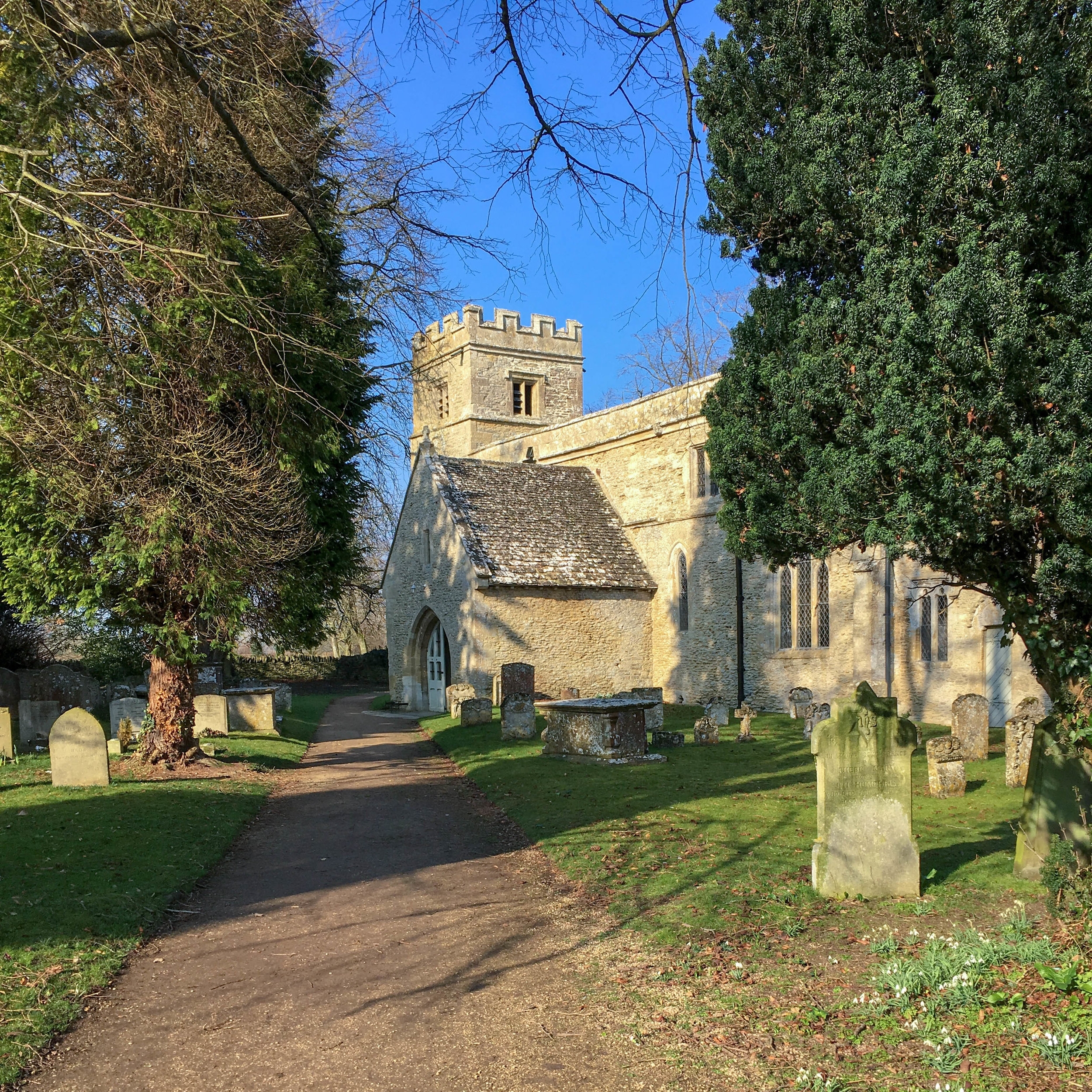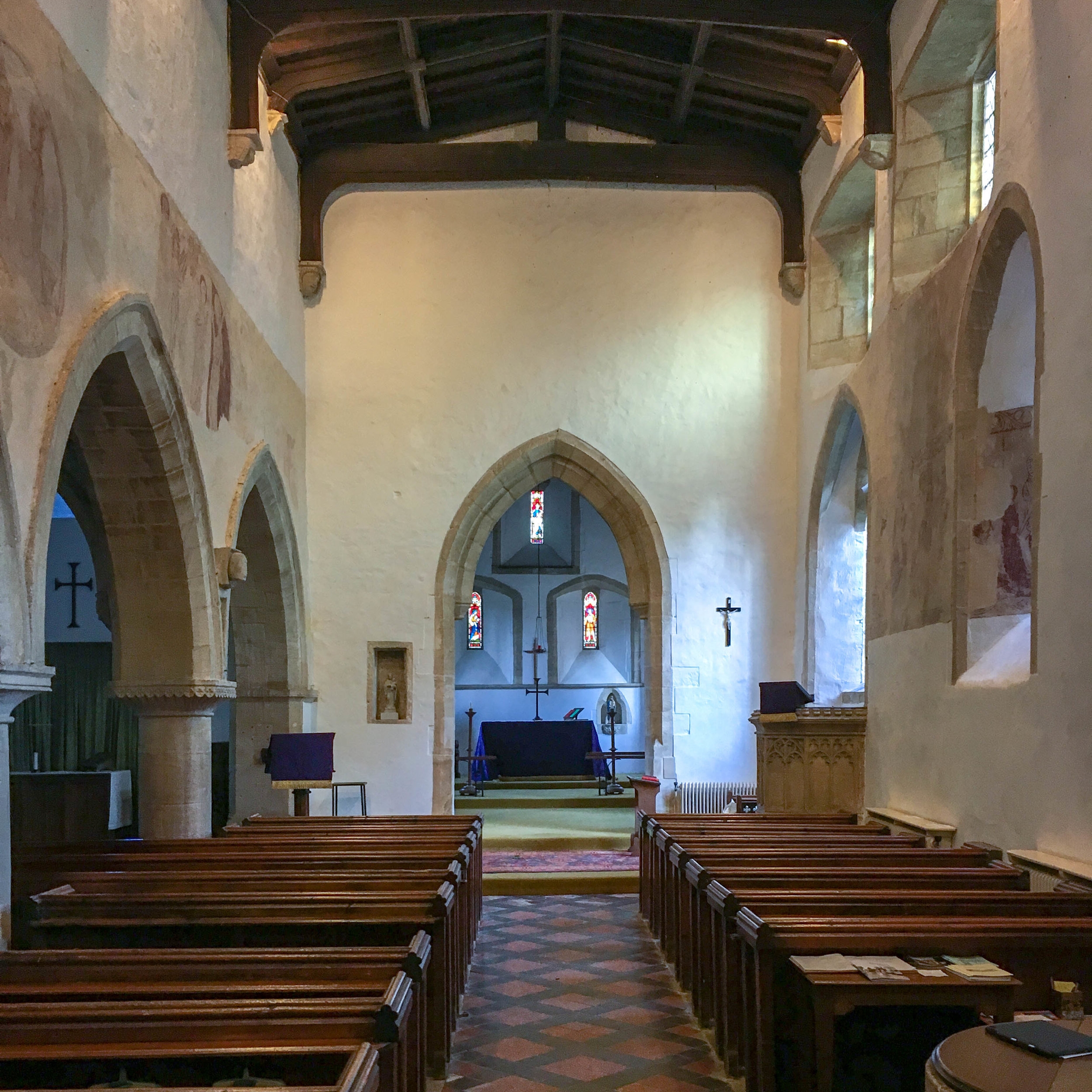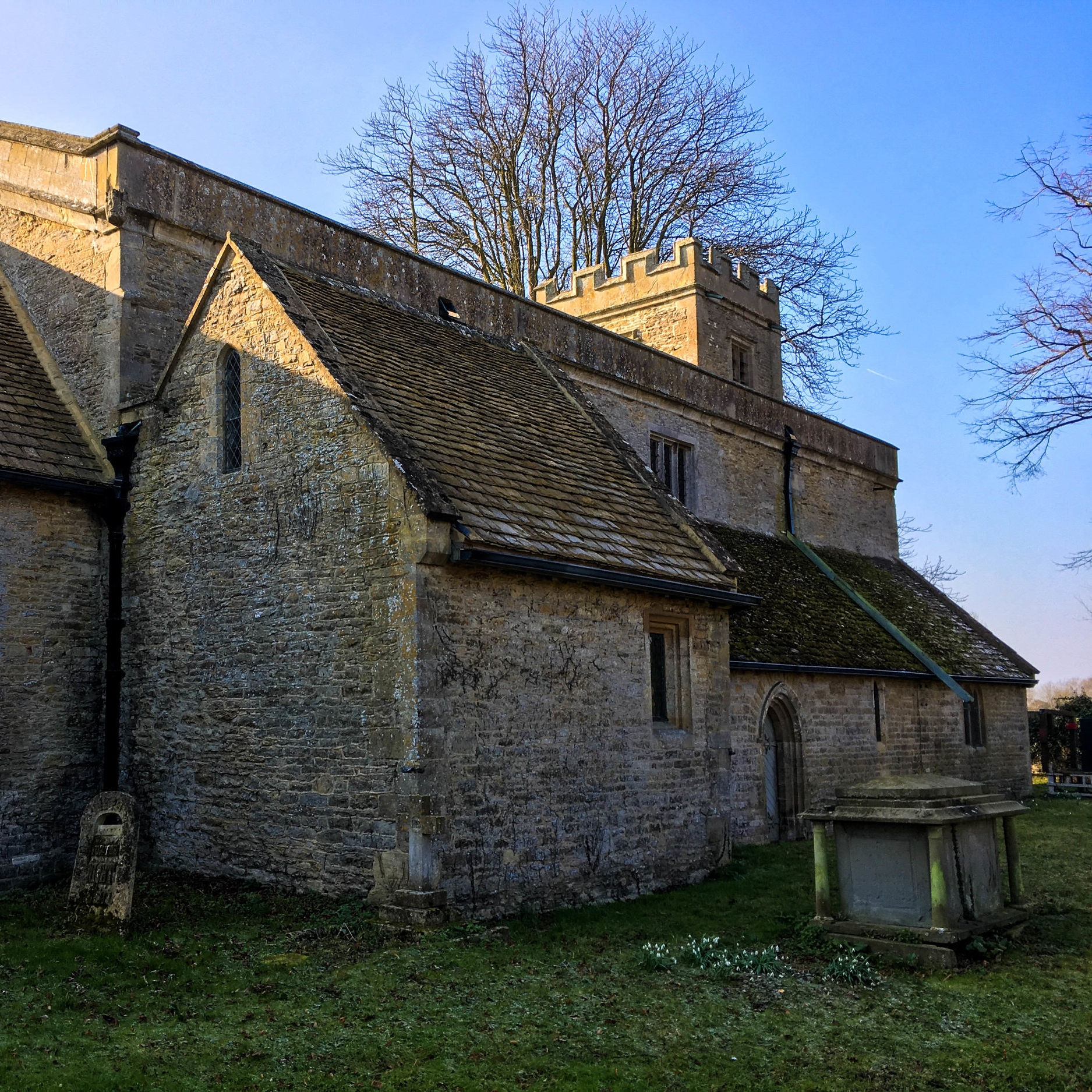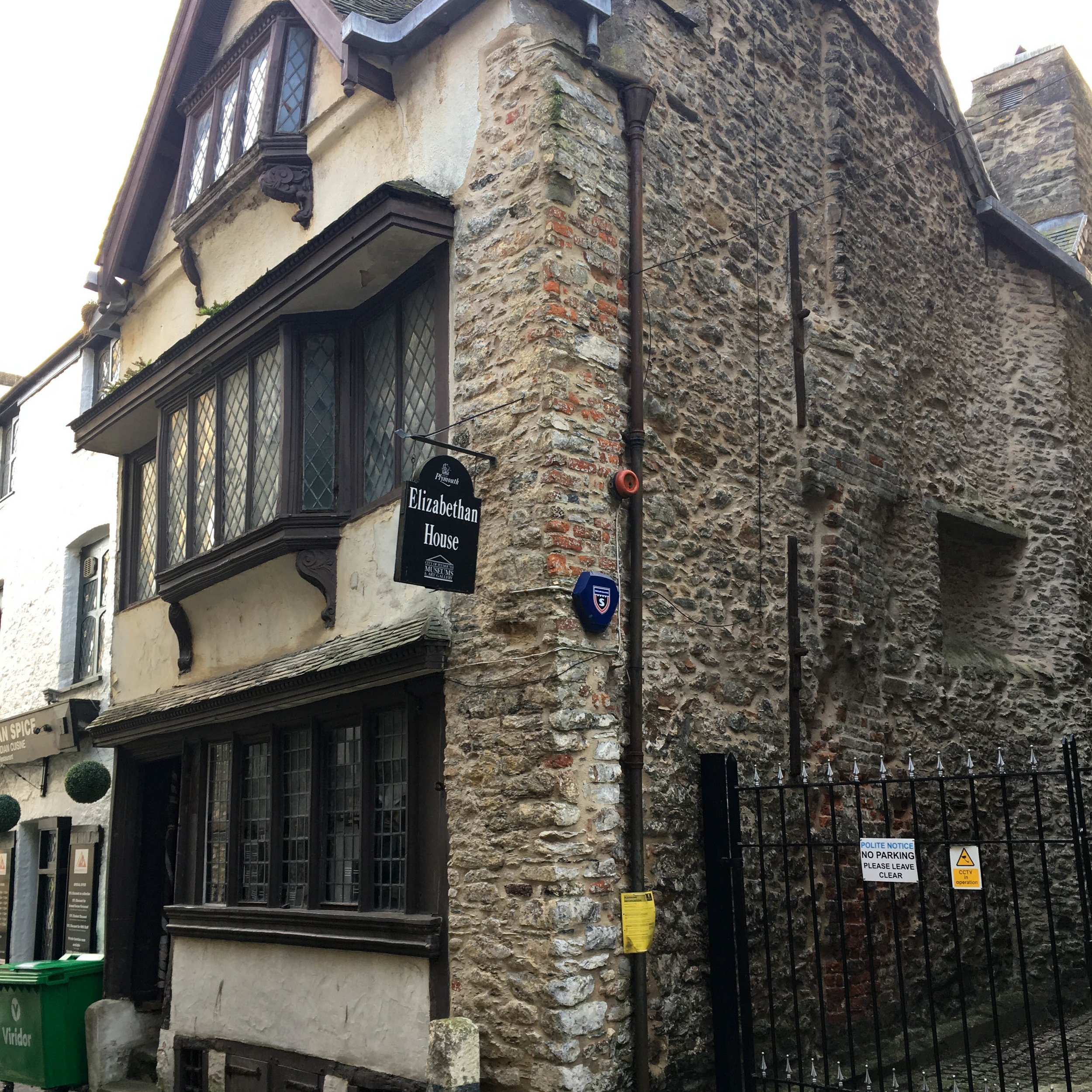
NEWS
A perfectly ‘sty-lised’ studio from ruinous eyesore!
We are delighted to have received planning permission and listed building consent for a contemporary artist studio in the curtilage of a private country house in Wiltshire amidst the sensitive setting of the Broad Town White Horse. The new art studio is to be constructed on the footprint of a ruinous pigsty, and next to a boiler house.
Good survey information, along with a heritage statement, condition survey and visual assessment informed a sensitive and contemporary design which reflected the appearance of the old pigsty, whilst better revealing the heritage of the site, and bring into use the old boiler house falling into disrepair.
We were approached by the client as the existing application was about to be refused by Wilshire Council from a combination of the Council not being able to physically visit the site, and also the inadequacy of the existing information.
Following a review of the site and the scope of work, the scheme was modified to remove any harmful elements of the proposals. A new measured survey was commissioned, a heritage statement and condition survey was prepared to justify the alterations to the smoke house. The heritage statement informed the design and a new scheme prepared to reflect the appearance of the old pigsties.
A revised application was submitted within 3 weeks of being appointed.
Packwood Piers
Following a lovely spring day surveying at Packwood House, Warwickshire, we are delighted to have been appointed by the National Trust to carry out the rebuilding of the piers on the main entrance driveway.
Our survey revealed that the piers are leaning from the brick footing at ground level, so all of the brickwork will need to be carefully dismantled, recorded and re-built from the base up. The pier is of no immediate safety concern but will be rebuilt this year as a precaution. We are busy drawing up each and every brick so that the piers can be rebuilt. The conservation conundrum is whether to rebuild the piers exactly as they were originally - other piers across the site have finials and those on the south piers appear to be missing. The origin of these piers is as yet unclear.
Packwood House belonged to the Fetherson Family from the 15th to the 19th Centuries. Charles Fetherson (1815) insisted everything he ate drank, used and wore be grown on his land and made within his walls. Sadly this did not last and the house fell to ruin. Packwood was eventually bought by a midlands industrialist, Alfred Ash in 1905. His son Baron Ash made its restoration his life’s work. The entire interior was inserted in the 1920-1930s garnered from decaying houses across Britain. Baron Ash was of a generation that disliked Georgian and Victorian styles, his aesthetic preference was for the antique.
Appointed as inspecting architect to St Mary the Virgin, Black Bourton
The earliest part of Black Bourton Church, the Chancel, was presented to Oseney Abbey in 1180 by Hugh de Burton and Ralphe de Murdac. The three lancet windows at the east end are unusual and distinctive of this period. The nave, north arcade and the font are from 1180, but in the 13th century changes were made to the north wall of the nave, including the addition of a north transept, and two lancet windows installed in the south wall.
The earliest record of the village, Burtone, is in the Domesday book where the land is shared by three manors. The manor in the south of the village was held by Oseney Abbey, until the Dissolution when it passed to Christ Church. The manor in the north of the village came into the possession of the Hungerford family through marriage in the 15th Century. The Hungerford family suffered financial decline and after the enclosure most of Black Bourton came under the ownership of the Duke of Marlborough.
James Lupton was Vicar from 1827 until his death in 1873. James Lupton persisted in the construction of a school to improve literacy in the village, and began the restoration of St Mary's in 1866. During the restoration the north wall was rebuilt and two lancet windows installed. The stained glass by Clayton Bell is from 1866. The restoration revealed pre-reformation wall paintings, however, before James Lupton could return from London to restore them, his curate chose to have the paintings white washed once more. It was not until 1932 that the wall paintings were finally restored. The wall paintings depict scenes from the life of the Saviour and from English history of the period - Saint Thomas à Becket canonised in 1174 and Saint Richard of Chichester canonised in 1262.
Conservation of old cottage commences
After nearly 19 months of investigations, design work and negotiation, work has finally started on the reinstatement of the Old Cottage in Balscote, Oxfordshire. The works are being carried out by Oxfordshire contractor Alfred Groves and Son, who won the project having tendered for the second time in July 2017, to reduce costs. As part of a strategy agreed with conservation officer, Jennifer Ballinger, Cherwell District Council, the reinstatement work will see the external appearance and ground floor of the cottage restored to its pre-fire state, whilst the first floor and new roof structure will be constructed from modern materials in a sympathetic style.
The fire
The fire started from a mirror reflecting the early morning sunshine on to the thatch. The fire brigade responded rapidly and after three hours the fire was under control, however the thatch and roof structure were completely destroyed. The fire brigade remained at the cottage for 24 hours to prevent the fire from recurring, through the night there were spontaneous fires from the smouldering thatch. James Mackintosh was appointed by loss adjusters, Crawford and Co. to carry out emergency works to stabilise the Old Cottage, and facilitate a strip-out contract to enable the Old Cottage to be rebuilt. A design team including Price and Myers, Baqus, Greenwood Projects and Robert Demaus were quickly engaged. A heritage statement was prepared to support an application for planning permission and listed building consent for reinstatement. Sadly the owner lost the majority of their belongings in the fire.
Redefining the Elizabethan House, Plymouth
James Mackintosh Architects together with DHV architects have been appointed as conservation accredited architects for the regeneration of the late Sixteenth Century Elizabethan House Museum for Plymouth City Council.
The Elizabethan House is a Grade II* listed quay-side merchant’s house in the Barbican area of Plymouth’s beautiful historic old town. The museum is the most complete and unaltered example of a jettied merchant’s house in Plymouth. However, the building is in a poor structural condition and is on Historic England’s Heritage at Risk Register, and needs careful repair work and complete re-servicing to bring it back to life as a cultural destination for Plymouth.
We are working alongside a team of specialist consultants on the project to help deliver an imaginative interpretation strategy alongside carefully considered repair and conversion work.
The project is being delivered in collaboration with DHV Architects as part of a growing strategic partnership between the practices.
The museum is due to re-open in 2020 as a leading component of the Plymouth Mayflower 400 celebrations.
Sensitive solutions for 9 and 10 Ship St
9 and 10 Ship St are Grade II listed properties owned by Oxford City Council. The properties are on the Medieval Town wall and are timber framed. A short heritage snapshot revealed that both 9 and 10 Ship Street, retain surviving building fabric from the medieval wall of Oxford, which survive within the cellars. Both properties were re-faced and re-roofed in the 18 Century whilst elements of the timber framed structure seems likely to date from 1643-1675. According to the Inventory of the City of Oxford, 1939, No. 10 Ship Street was re-fitted in the 18th Century and No. 9 has a newel staircase. At this date both properties were in a good condition The listing description confirms that no 10 Ship St was altered in 1969, however, from our initial inspection of the surviving fabric and a verbal description of previous alterations provided Oxford City Council, it appears that both properties were substantially altered at this time.
Oxford City Council have engaged James Mackintosh Architects Limited to prepare proposals for upgrading the building to comply with the stringent requirements of the HMO (House of Multiple Occupation) design guide and part B of the Building Regulations. Timber framed buildings are naturally difficult to upgrade for fire as there are often voids between floors and walls allowing a fire to travel from basement to second story. The good news is that there are many suitable construction details and specialist products to overcome this. Specified and approached correctly most are benign in conservation terms. An added complication is that in both properties there is no direct means of escape to outside, so alternative means of escape from the first floor are proposed.
We have currently prepared a strategy to for escape and to avoid additional claims whilst the work is on site plan to prepare bespoke details for upgrading each and every junction.









